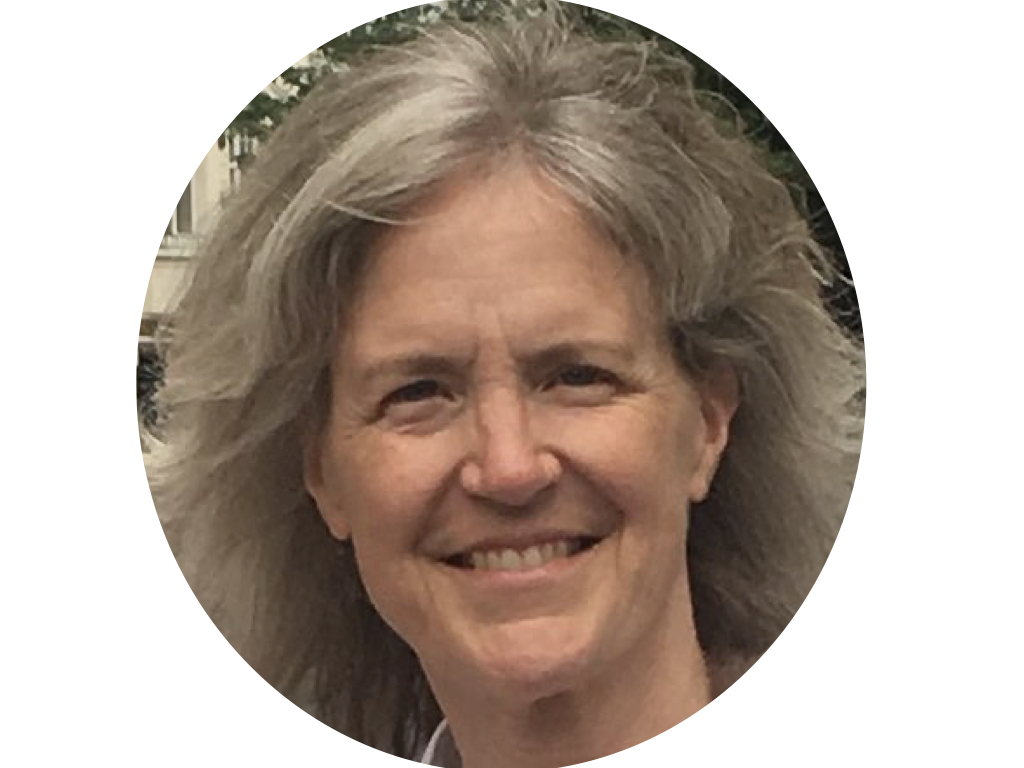Volcanic ash transport using parallel, adaptive Ash3d
Donna Calhoun, Yu-Hsuan Shih, Roger Denlinger, Larry Mastin, Hans Schwaiger
Date :
1st Biennial Meeting of the SIAM Pacific Northwest Section, Society for Industrial and Applied Mathematics, Corvallis, OR (USA) (Mini-symposium speaker)
Oct 27 - Oct 29, 2017
Abstract
As the eruption of Eyjafjallajokull in Iceland in 2010 demonstrated, "zero ash tolerance" policies imposed on civil aviation can lead to significant disruption for travelers and loss of revenue for airlines. To mitigate the hazards associated with volcanic eruptions, numerical volcanic ash transport and dispersal models are routinely used to forecast ash concentration loads in the atmosphere. However, delivering high fidelity predictions within operational time frames, especially for long-lasting eruptions that spread ash over wide areas with dense air traffic, places severe demands on computational resources. Ash3d [1], developed at the Cascade Volcanic Observatory (Vancouver, WA) is one of several volcanic ash transport models in operational use. Available through a web-based portal, Ash3d solves a set of advection-diffusion-deposition equations to transport one or more classes of ash particles on a regional latitude/longitude grid. Current meteorological data is used to define wind fields for the transport equations and second order finite volume schemes are used to update the evolving ash plume. To improve the efficiency of the single grid, serial Ash3d code, we have ported Ash3d to our parallel, adaptive software library ForestClaw [2]. In this approach, fine level grids in a quadtree hierarchy are placed in areas with the highest ash concentration. The solution on each patch is updated using the single grid routines from Ash3d, and the grid hierarchy is updated every few time steps to track the evolving ash cloud. We present results showing the scalability of the Ash3d extension of ForestClaw and discuss issues related to porting legacy codes to modern parallel, adaptive frameworks. Results will include tests to simulate the eruption of Mt. St. Helen's and the Icelandic volcano Eyja. We will also discuss our approach to ensuring conservation on the adaptive grids and our on-going efforts to extend the Ash3d code to ForestClaw's cubed sphere grid.
Slides : siam-pnw-2017.pdf
